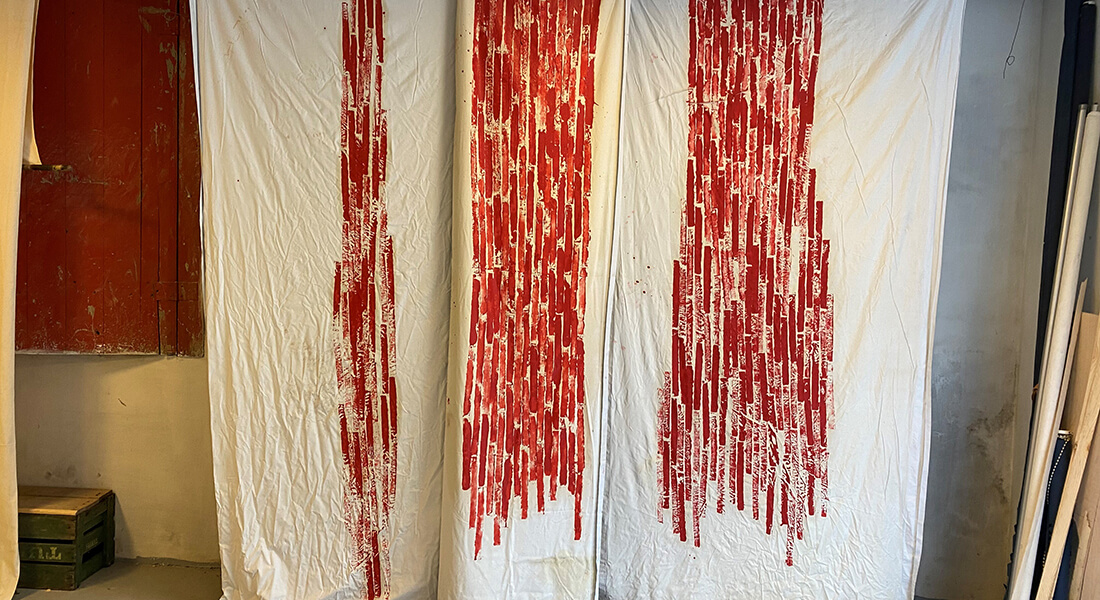About the center
PASS aims to make visible, articulate and critically support the diversity of knowledge-generating practices in the art field.

Building on the concept of epistemic equity, PASS aims to foster productive research collaborations and encounters between and across all actors in the field, including museum professionals, artists, curators, university researchers, archivists, educators, and other cultural workers.
The center offers a study program for early-stage researchers and a research hub that brings together practitioners and professionals in the field. The center will be an important complement to the existing master's programs in art history, curating and museum studies, and artistic research and aims to be a platform for exchange between these fields and for the promotion of new research agendas.
The research training activities are aimed at PhD students, postdocs and alumni from the social and institutional settings of the art world, including archives, museums, exhibitions and a range of discursive practices in and around the art world. The center will be independent of the existing educational programs at Danish universities, and the program will be offered as an interdisciplinary supplement to the mandatory courses for PhD degree students who will be enrolled and supervised at their home institutions.
By combining research, research training, continuing education and outreach activities on a two-pronged basis of academic-critical and practice-collaborative research activities, the center will provide solid added value to the entire field of art studies. It aims to promote a more sustainable and equitable infrastructure for the interaction between the art world and its social environment, thus ultimately ensuring a better valorization of art in the social sphere.
The main objectives of the center are
- to gather and validate the knowledge that underpins the ramified life of art in society and develop capacity in applied, curatorial and artistic practice-based research
- systematically incorporate insights derived from practice-related knowledge production into the training of early career researchers in art studies and provide PhD degree students with a better understanding of (and access to) art world practices
- Facilitate new partnerships and collaborations across the field and create a dedicated platform for communication.
The aim of the first funding period from 2023 to 2028 is to create
- an interdisciplinary and internationally oriented research training program
- a national hub for practice-based art studies, offering a sustainable infrastructure for cross-sectoral and cross-institutional collaboration
- a showcase for the societal role and functions of art.
